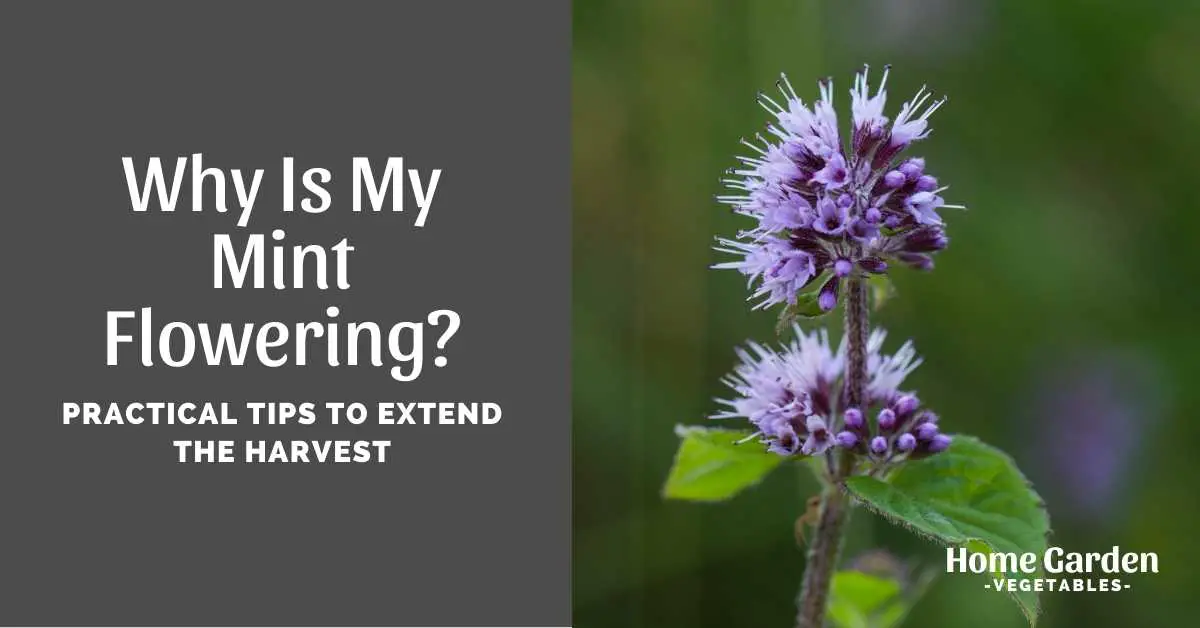Mint is an aromatic, fast-growing herb that beautifully complements salads, vegetables, meat, soups, juices, and even ice cream! If you have your own little mint garden, you probably already love it for the endless supply of fresh, flavorful sprigs to the kitchen. However, what’s not so adorable is when you find them flowering! In fact, it’s the most annoying stage for gardeners.
Those who have had some prior experience with growing herbs will most probably have encountered bolting at some stage. Just when everything seems to be going perfectly, the plant shoots up a major stem, higher than the surrounding growth. Don’t mistake it for a burst of foliage because it will soon grow a flowering head and produce seeds. Your plant has bolted. While it’s part of the natural plant cycle, gardeners try to avoid it or, more specifically, delay it.
Reader Poll: What online courses would interest you?

What is bolting, what to do if your mint plant bolts and produces flowers, and how to maintain the herb’s potency? Read this article to learn how to continue harvesting those fresh mint leaves, complete with all their flavor and aroma.
What Causes Mint Plants To Flower?
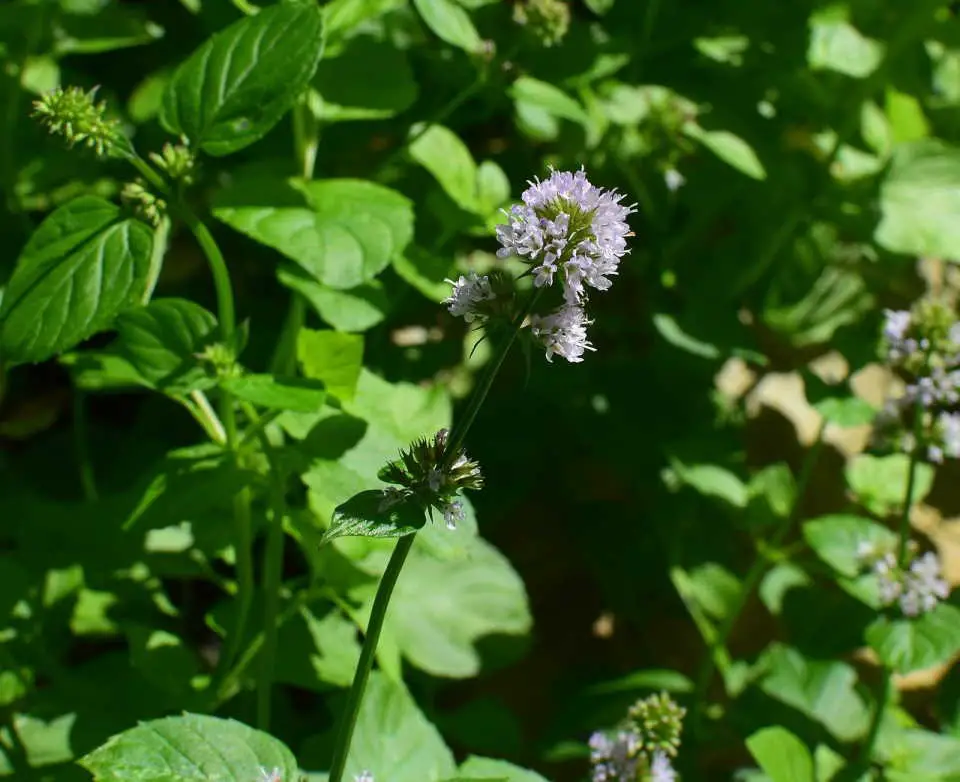
When I first started growing mint I kept picking the leaves and it just kept growing and growing which was fine with me! Then one day I went out and notice flowers! Why is my mint plant flowering? When certain vegetable and herb plants flower it is a sign of bolting. Bolting is the production of flowering stems in vegetable and herb plants to give seed and reproduce. Bolting pulls the plant’s energy away from its viable parts (the leaves in the case of mint) and focuses it on flowering and reproduction. Once the mint plant bolts, the leaves will start losing their flavors and aromas.
Mint is a perennial and won’t die off quickly after flowering, as is the case with annual herbs. However, it will make the plant use its limited resources towards the flowering stalk, leaching it away from the leaves.
Subscribe to our newsletter!
Once mint bolts, you’ll find long flowering stems with cone-shaped inflorescences with purple, pink, or white flowers at the tips. After the plant goes to seed, much of the new growth will be halted, and the stems start turning woody. However, the absence of new growth and the formation of tough, woody stems is an advanced stage of bolting. If you act in time, you can make the most out of the plant before it becomes unviable.
Why Does Mint Bolt?
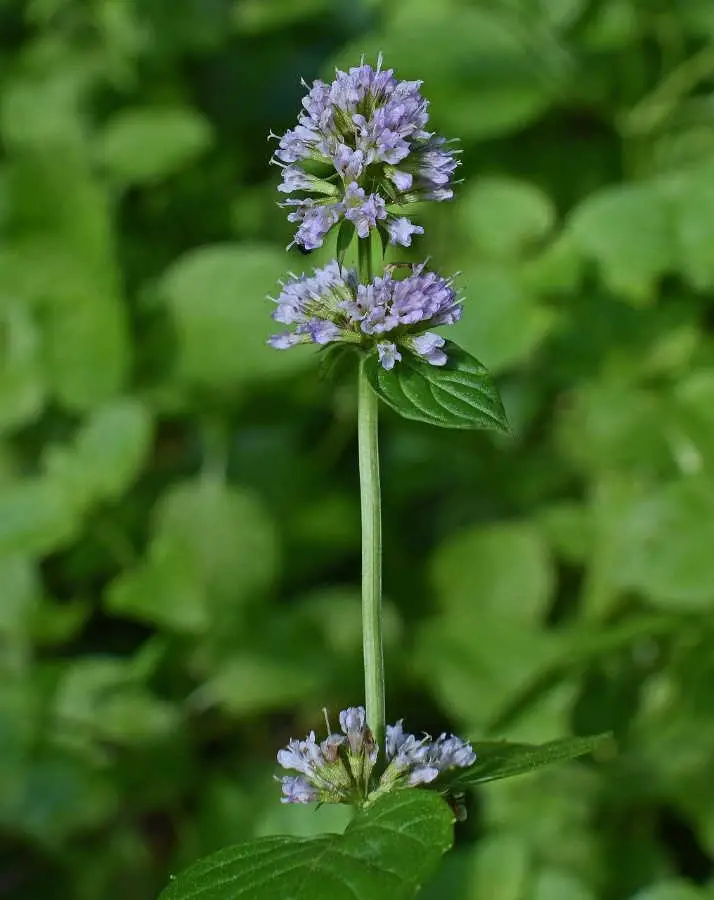
As already highlighted, bolting is a natural mechanism of flowering plants to reproduce. Mint is also a flowering plant. In fact, some varieties from the Mint family, including snapdragons and scarlet sage are grown as ornamentals in the garden for the lovely blooms they give!
A mint plant, and other herbs, bolt when the plant assumes that it’s approaching the end of its life. In the natural attempt to continue its genetic line, the plant gives flowers and goes to seed. Premature bolting often occurs when the temperatures are higher than mint prefers. However, even if the temperatures are ideal, mint will eventually bolt, drop seeds and grow a fresh new plant!
How To Prolong Harvest And Ensure Potency Of Mint
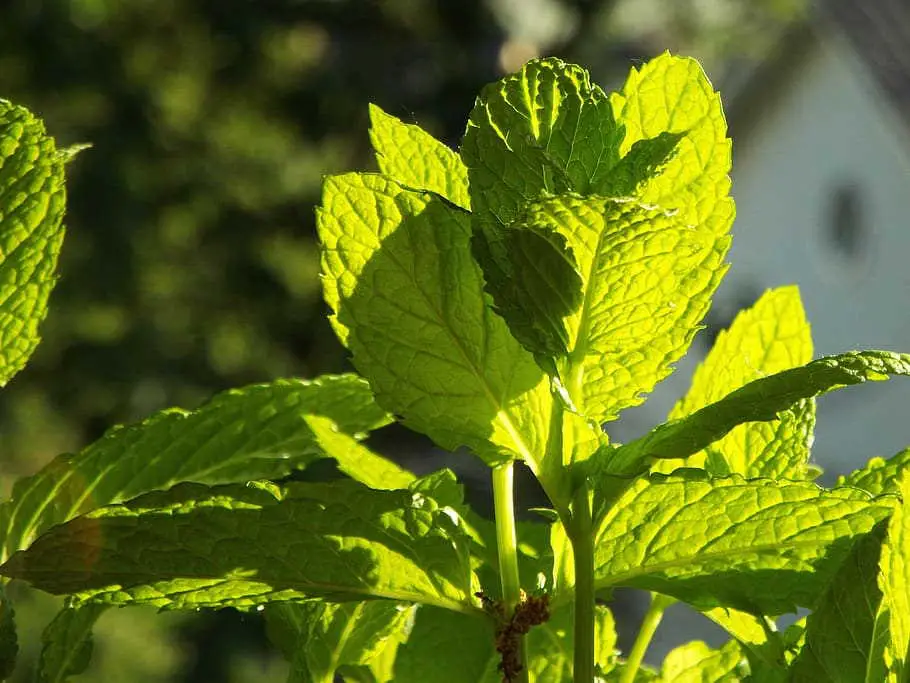
Since bolting signifies the end of a mint plant’s viable life and a speedy drop in the quality and potency of mint leaves, you’ll naturally want to delay the flowering process. As soon as the flowers appear, mint will start losing its quality, so keep a watch out for the formation of buds. Buds will typically appear during the second growing season.
As soon as you see buds on the plant, pinch them out. The appearance of buds means that the plant is soon about to bloom, and you don’t want that to happen. Continue pinching the buds as soon as they appear, and the plant will keep on using its resources on the development of leaves rather than flower and seeds.
When harvesting mint during the growing season, always cut out fresh sprigs evenly and timely from the plant’s tips. This will remove the part of the stems from where the flowering stalk will shoot. It won’t just prolong your harvest season but will also ensure a consistent supply of fresh mint to your kitchen.
Snipping out the buds will also ensure that your mint plant grows fuller and healthier, which, in turn, enhances its productivity. However, it’s entirely up to you. You can also let the buds develop into beautiful flowers to brighten up your garden. Mint flowers also work perfectly in flower bouquets.
Can You Eat Mint Flowers?
So you know you’ll have to pinch out the buds to promote a healthy plant. But what do you do with these buds? Do you toss them in the compost pile, or are there other uses? What you really want to know is this – are mint flowers edible?
Yes, mint flowers are edible. They have a subtle minty, lemony flavor with a sweet scent and work great in salads. You can also include them in desserts and vegetables. Mint blooms work particularly well in Middle Eastern cuisine.
Are Mint Leaves Still Good After the Plant Flowers?
Yes, Mint leaves are still perfectly fine to use in food / drinks once the plant has flowered.
Some Practical Tips To Prevent Bolting
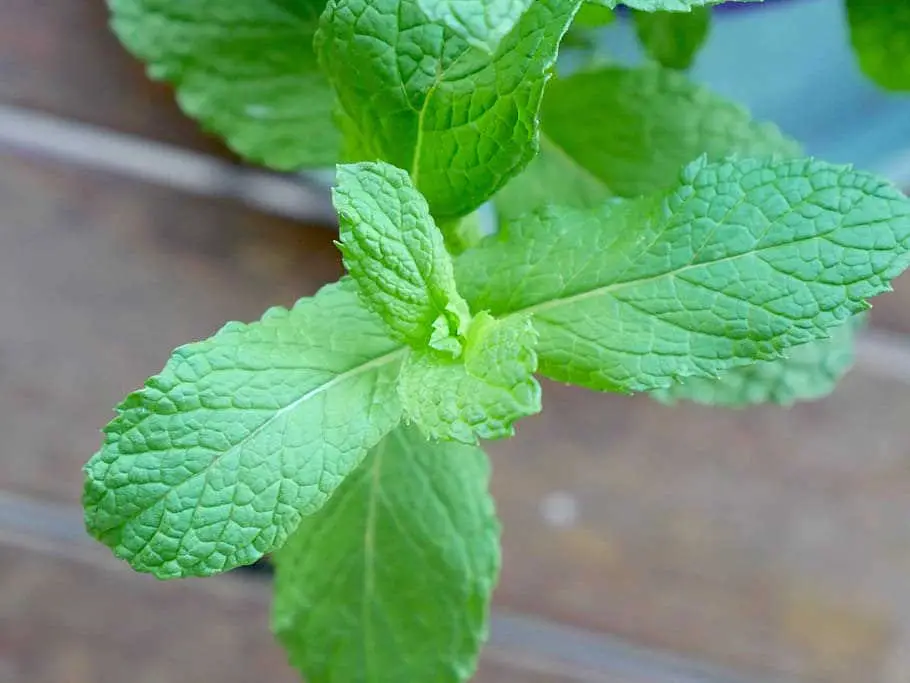
Though it’s not possible to cease bolting completely since it’s part of the plant’s lifecycle, here are some practical ways in which you can slow down the process and harvest mint for longer:
- Snip off the buds as soon as they appear.
- Move the plant to a cooler spot, preferably with some protection from the afternoon sun in the summer months.
- Harvest mint regularly to promote new green growth.
- Mulch around the plants to keep the growing medium cooler.
- Fertilize regularly with high-nitrogen fertilizer since nitrogen gives preference to green growth in contrast to flowering.
As well as being great in tea, mint also helps attract predatory wasps and hoverflys to support a completely natural ecosystem and deal with some pests. Also if you have a slug problem mint also helps repel slugs!
Conclusion
Why is my mint flowering? Now that you know why your mint plant is producing those lovely blooms instead of the fresh green leaves you look forward to, you also know how to solve the problem. Pinch off those blooms and follow all the tips to revitalize your mint garden and revive the fresh herb supply to your pantry.

